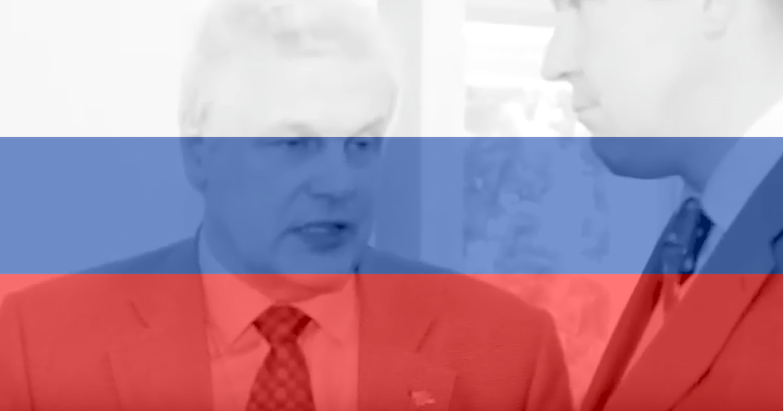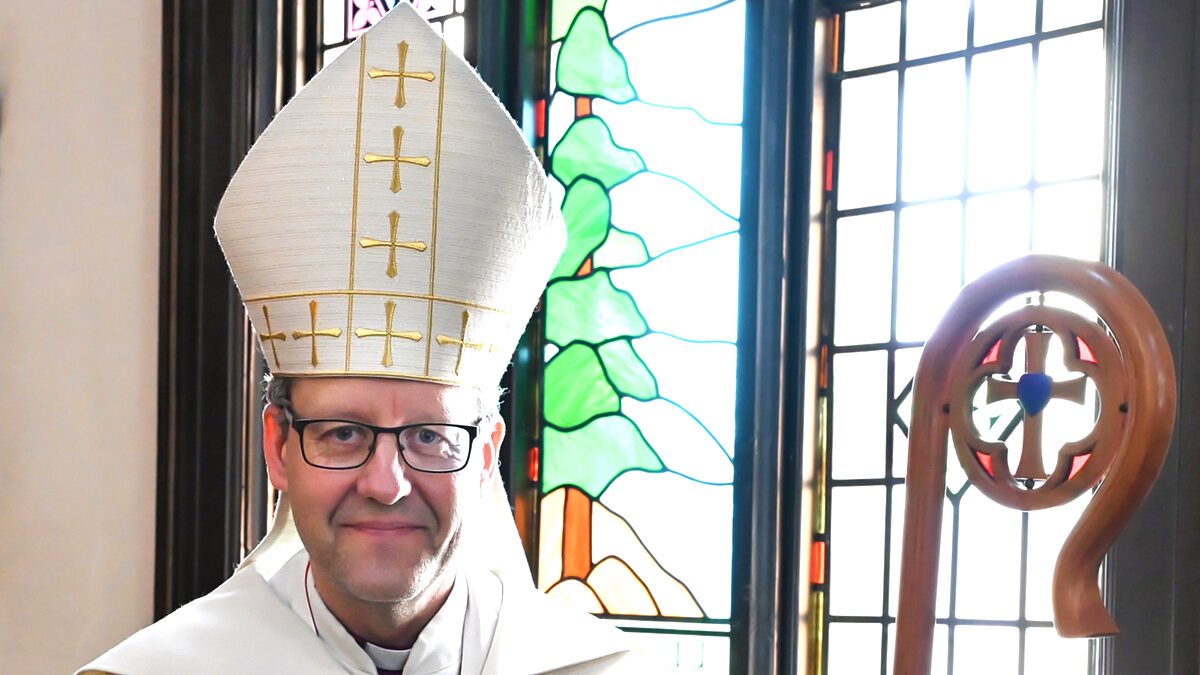Estonia was expecting to be accepted into NATO and Simm was given the responsibility of bringing the country's standards to the NATO level. Simm was perceived to have done his job so successfully that some even said that the country handled secrets better than some of the alliance's older members. Starting in 2004, his regular trips to the NATO HQ in Brussels made him a high profile colleague known for his reputation as a friendly, highly trusted security official from a nation of staunch allies.
This trusted Estonian official was delivering to the Russians anything to which he had access. They consisted either of photocopies or photos of documents as per the specific instructions Zentsov had given him. The transfer of materials was text-book precise with the use of dead drops. The film rolls were to be placed in either red or orange empty drinking cartons, crumpled up like trash and tossed into park waste bins. Each dead drop was used only once. No variance from intelligence tradecraft. In addition to regular dead drops, Simm met with his handler 16 times, in 10 different countries.
At a meeting in Helsinki in November 2001 Zentsov said that he was retiring and that Simm's new handler would be Antoni Amurett de Jesus Graf a.k.a. Sergei Jakovlev, an SVR officer, an illegal who did not have diplomatic cover anywhere. The Portuguese cover name he used obviously helped him to travel without harassment at European passport controls. A quiet train station just outside of Tallinn was the location of Simm's first meeting with Jakovlev. Simm was told to carry a bag over his left shoulder – an agreed upon signal that he hadn't been tailed and that they weren't under surveillance.
Sidebar……….In December of 1994 Simm started to talk about being tailed much of the time. “I often noticed that the same cars were constantly driven around or close to me. After I had confirmed this 4 or 5 times, I started to pay more attention as to what was going on,” Simm said in an interview to KAPO. At first Simm was ridiculed. But after a public scandal involving prominent politicians attracted the official attention of KAPO and a parliamentary commission of inquiry, Simm's alarmist statements took on much more political weight. The interior minister, Edgar Savisaar was accused of illegally audio-taping himself and other politicians. KAPO found, after a search of the privately owned Security Intelligence Agency (SIA) detective bureau office, tapes which had already been a topic of public discussion. Also discovered were secret data bases and dossiers which should have been used only by the police. Politicians had also been followed and taped in a government residence and restaurant. Also a video tape of Simm's first wife's dental office was found. In interrogations with KAPO Simm stressed that the Russians in recruiting him, had used information gathered by the SIA. Simm suggested that SIA worked in the interest of the Russians, that information had been sold to foreign recipients. SIA totally rejected this, initiated a libel suit in court from which they later withdrew. Simm claimed that in 1944 he had received computer dikettes ‘by operational procedures' from a Moscow-based security guards firm ‘Vitjazo' that had apparently originated from the Estonian form SIA. They contained 500 pages of surveillance reports on prominent Estonian citizens. Simm said that this was a dangerous development since Vitjazo's personnel were mostly KGB. Simm informed senior government officials and Edgar Savisaar, the interior minister at the time, about this. Some months later in May 1995 he was terminated as director of the national police. Simm claimed that Savisaar had used the services of SIA. This sideshow of the Simm story does not carry much relevance except for the fact that in the summer of 1995 Simm was already the defence ministry's chief of the information and analysis department and operating deep cover for the SVR. Therefore if he said that SIA's confidential reports were sold to Moscow, Simm's part in this bizarre affair is seen in a different light. Simm still insisted that in his recruitment by the SVR he was mostly influenced by what might happen to someone close to him and information from SIA's reports on individuals. But KAPO has repeated that Simm's in his recruitment was not moved by any blackmail or other threats. Rather he was affected by insult (being fired as police director), narcissism (promises of high rank and medals) and greed (attractive compensation).
Laas Leivat (To be continued.)




